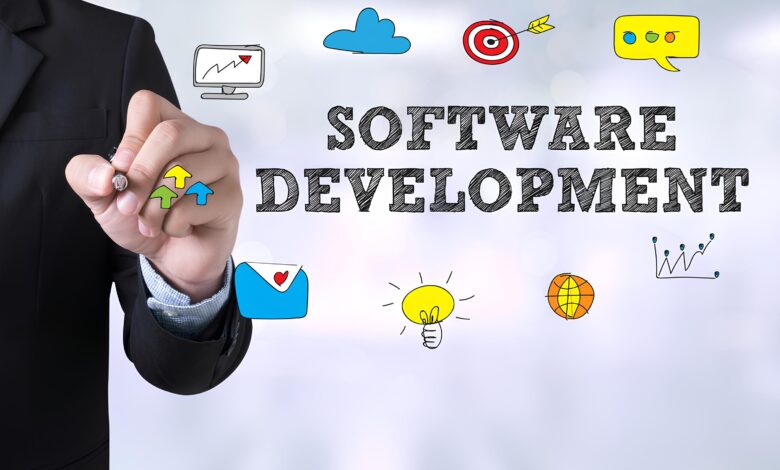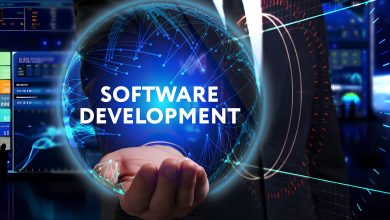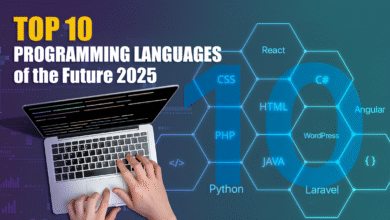What Is Software Development? A Beginner’s Guide

Introduction: What Software Development Really Means
Have you ever wondered how the apps on your phone or the websites you use every day actually work? Behind every digital tool lies the world of software development. Simply put, it’s the process of designing, coding, testing, and maintaining software applications. For beginners, this might sound overwhelming, but think of it as building a house—you start with a blueprint, add bricks, test the structure, and keep fixing it over time. Software development is the same, except instead of bricks, you’re using code.
History & Evolution of Software Development
Software development didn’t appear overnight. In the 1940s and 50s, coding was done with punch cards and assembly language, which was extremely complex. Then came higher-level languages like FORTRAN, C, and Java, making programming more accessible. Fast forward to today, we have beginner-friendly languages like Python and tools that allow even non-technical people to create applications.
The evolution of software development shows how it’s adapted to human needs: from calculators and desktop programs to cloud-based apps, AI, and machine learning solutions. What used to take years to build can now be prototyped in weeks.
Types of Software (Web, Mobile, Desktop, Embedded)
Not all software is the same. Beginners should understand the four main categories:
- Web Applications: Think websites like YouTube, e-commerce stores, or web apps like Trello. These run inside browsers.
- Mobile Applications: Apps like Instagram or WhatsApp, designed for iOS and Android devices.
- Desktop Software: Programs like Microsoft Word, Photoshop, or video games you install on your computer.
- Embedded Software: Code inside everyday devices like smart TVs, microwaves, or cars.
Each type requires different programming skills, but the principles of software development remain the same: problem-solving with code.
The Software Development Process (SDLC Simplified)
Every software project follows a cycle, often called the Software Development Life Cycle (SDLC). Beginners don’t need to memorize every model, but understanding the basics helps:
- Planning – Identifying the problem and goal.
- Design – Creating wireframes and system architecture.
- Coding – Writing the actual program using a chosen language.
- Testing – Finding and fixing bugs.
- Deployment – Making the software available to users.
- Maintenance – Updating and improving over time.
Think of SDLC like cooking a meal: you plan the recipe, gather ingredients, cook, taste, serve, and improve it next time.
Common Programming Languages for Beginners
Starting with the right programming language can make or break your learning journey. Here are some beginner-friendly options:
- Python: Known for its simple syntax, widely used in data science, web apps, and automation.
- JavaScript: The backbone of the web, essential for interactive websites.
- Java: Strong in enterprise systems and Android apps.
- C#: Great for Windows applications and game development with Unity.
- Swift/Kotlin: Perfect for mobile app development on iOS and Android.
If you’re just starting out, Python and JavaScript are the most forgiving and versatile.
Careers in Software Development
Software development isn’t just about coding—it’s about solving problems. Careers in this field are diverse:
- Web Developer: Builds websites and web apps.
- Mobile Developer: Creates smartphone applications.
- Game Developer: Designs interactive games.
- Data Scientist: Uses code to analyze and interpret data.
- DevOps Engineer: Bridges coding and infrastructure.
- Software Tester: Ensures programs work without flaws.
The demand for developers keeps rising because every industry—from healthcare to finance—needs software solutions. For beginners, this means endless career opportunities.
Conclusion: Why Software Development Matters Today
Software development is at the heart of our digital world. From the apps you use to order food, to the tools running global businesses, it all starts with writing code. For beginners, the path may seem challenging, but with patience, practice, and the right mindset, anyone can learn.
Remember: the best way to start isn’t by reading every book—it’s by building something, no matter how small. Even a simple calculator app can be the first step toward a future as a professional developer.
❓
1. What is software development in simple terms?
It’s the process of creating computer programs that solve problems or perform tasks.
2. Do I need a degree to become a software developer?
Not necessarily. Many developers are self-taught, though a degree can help with certain jobs.
3. Which programming language should beginners learn first?
Python or JavaScript are highly recommended for their simplicity and versatility.
4. How long does it take to learn software development?
Basics can take 3–6 months, while mastery may take years depending on practice.
5. Is software development a good career in 2025?
Absolutely. Demand is growing across industries, offering high salaries and flexibility.






